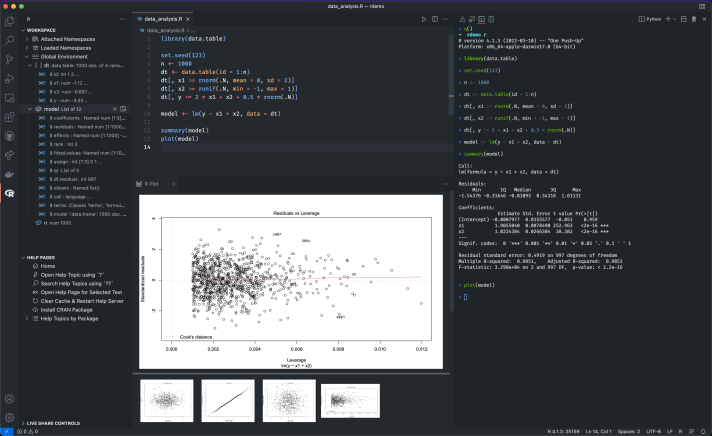QGIS (Quantum GIS) is an open-source Geographic Information System that enables users to create, edit, visualise, analyse, and publish geospatial information. QGIS is written in C++ and Python and follows the principles of open-source development and extensibility.
Features
Find below some of the main features of QGIS:
- User-friendly interface: Intuitive and customisable UI for efficient management and analysis of spatial data.
- Extensive plugin repository: A vast library of plugins that enhance the core capabilities of QGIS, available through the QGIS Plugin Repository.
- Advanced data visualisation: Supports various formats and styles for effective geospatial data visualisation.
- Robust data analysis: Tools for conducting spatial analysis, including vector, raster, and database operations.
- Interoperability: Supports numerous data formats, enabling seamless integration with other GIS and spatial data tools.
- Customisation and automation: Powerful scripting capabilities through Python and support for custom plugins to tailor QGIS to specific needs.
Use cases
Find below some examples of possible use cases:
- Environmental monitoring: Analyse and visualise environmental data, track changes, and model ecological systems.
- Urban planning: Support planning processes with detailed spatial analysis and visualisation of urban areas.
- Disaster management: Manage and analyse data for disaster preparedness, response, and recovery data.
- Transportation planning: Model transportation networks, analyse traffic patterns, and optimise routes.
- Natural resource management: Map and analyse natural resources, track exploitation, and manage conservation efforts.
Resources
Find below some interesting links providing more information on QGIS:

